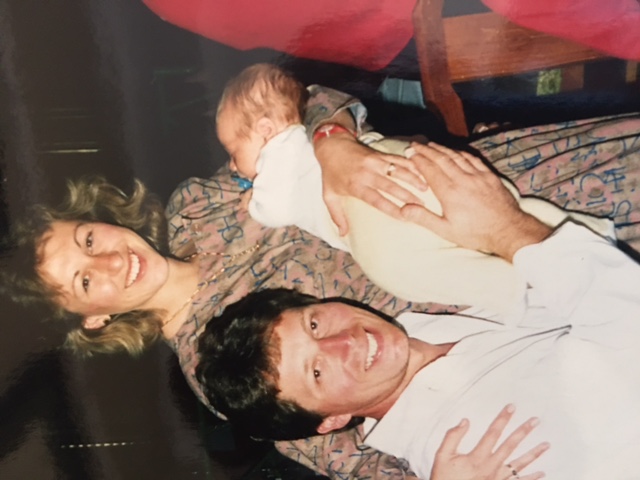
0 Followers
We have a young wicket keeper in our club who moves really well to his left but struggles moving to his right. Last season he missed a few catches with the balls going between himself and first slip off right hander batters. He didn’t have the same problem with left hand batters.
Can we ask what training drill we could help him with leading into this season?
Partner Sponsors
Responses
As a wicketkeeper, the fitness and core is important. I am a runner training for triathlons currently and these exercises will help your young fellah. This could be a start for him to get the body loose and moving freely.
A couple of thoughts. Firstly, have a confident mindset - go for catches, don't think, anticipate and go! It's about being positive and backing yourself. Secondly, really spend time in working with your first slipper and controlling the space. It's a feeling more than a formula. I had the privilege of standing next to 2 great slipper - Neil Howlett and Mark Taylor. In both cases, they took their lead off where I stood, not the other way around. And often I was looking for more space and would push them a little wider. It's also not just the width but how far behind you they are. Just find something that "feels" right. And feeling will come with practice. Thirdly, make practice FUN! Ross Edwards was captain at Northern District in Sydney during world series cricket and for a few years thereafter and was brilliant to practice with. Drills were always competitive and FUN! Especially slipper/keeper sessions. Never let criticism become a core practice drill - it's when practicing that you do experiment, and you learn your sweet spots. One important drill is to only catch with one hand. If there's a concern on the right hand side, practice only with the right hand quite a bit. I'm not a believer that you should go one handed in the first instance, but it's an important drill. Finally, footwork is CRITICAL. I always tried to be upright more than diving. Diving is a last resort. For example, I'd tend to go a little wider rather than more behind the stumps - the fact is, most balls are either going to go to the batsman or outside off. If they go outside off, you really want to be in a position where you are taking the ball on your left side (to a right hand batter) and if there's a nick it comes to you and if it's wider then you are already further out there to take a wider catch. Seriously, you'd also be surprised how well you can cover something that goes down the legside. Take catches standing up and dive to save byes! And practice hard whilst having lots of fun!
Hi Tim
I agree 100% with Tim E feedback.
Two quick things you could look out for with your keeper especially if he has one leg stronger and more dominant than the other.
1. When the bowler bowls the ball check to see if the keeper makes any initial commitment to the left with his left foot before his moves to the right.
If his first step is to the left and he could be locking himself into a position which makes it harder to go right and extend further to take what could be considered regulation catches.
He may not be aware of his first step.
2. Check his stance and feet to see if they’re parallel straight down the wicket to the bowler or if they’re pointing slightly to the right of the bowlers left shoulder and the right of mid-off. If he’s having trouble moving to the right, it may help generate the movement and power he needs.
The opposite can apply for a left-hand batter.
As Tim mentioned, footwork is critical and please keep encouraging your keepers.











Thank you Tim, we really appreciate this feedback and will share with our keepers and the coaching team.
It must have been fun keeping with Mark Taylor at first slip!